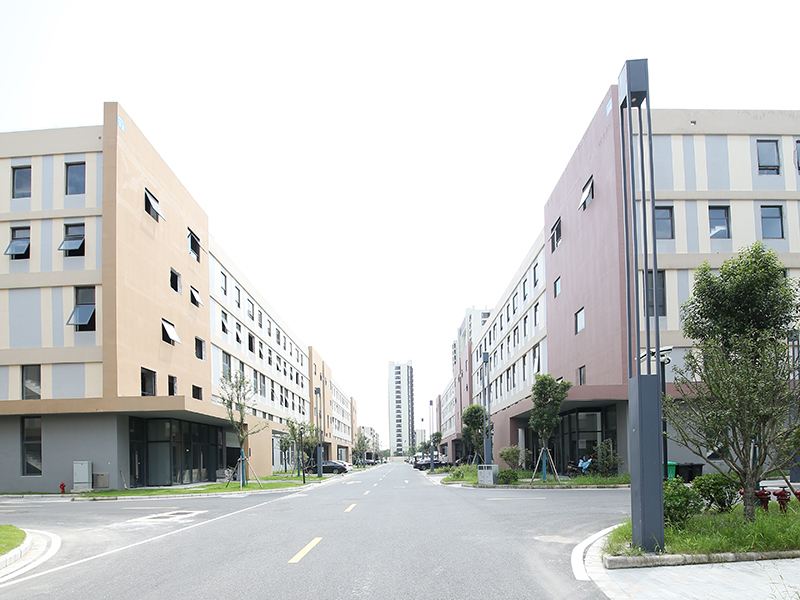Brushless DC (BLDC) blowers are widely used in a variety of applications due to their efficiency, reliability and precise control capabilities. One of the key performance characteristics of these blowers is the relationship between their rotational speed (RPM) and the airflow (flow rate) they produce. Understanding this relationship is critical to optimizing blower performance in a specific application.
1. Basic principles
The operation of a BLDC blower is based on the interaction between the rotor and the stator, resulting in air flow. The speed of the rotor, measured in revolutions per minute (RPM), directly affects the amount of air the blower can move. As the speed increases, the blower's ability to generate airflow also increases, up to a certain point.

The relationship between speed and flow in a BLDC blower can generally be described as follows:
- Linear Increase: At lower speeds, flow tends to increase linearly with increasing rotational speed. This is because the blower blades move faster, allowing them to displace more air per unit of time.
- Nonlinear Behavior: As speed continues to increase, this relationship may become nonlinear due to factors such as turbulence, blade design, and backpressure effects. At high speeds, due to these factors, airflow may not increase in proportion to RPM, resulting in diminishing returns in flow.
- Maximum flow: Each blower has a maximum flow rate that it can achieve, which is determined by its design and operating conditions. Beyond this point, further increases in speed may not result in a significant increase in airflow and may even result in reduced performance due to excessive turbulence and inefficiency.
3. Factors affecting relationships
There are several factors that affect the speed-flow relationship of a BLDC blower:
- Blade Design: The shape, size and angle of the blades play a vital role in determining how efficiently the blower moves air. Optimized blade design enhances airflow at various speeds.
- Motor Efficiency: The efficiency of the motor driving the blower affects the power converted into airflow. A more efficient motor can maintain higher flow rates at lower speeds.
- System Resistance: Resistance encountered by air flow, such as ductwork, filters, and other components, affects flow rate. Even as blower speed increases, higher resistance restricts airflow.
- Operating Conditions: Environmental factors, such as temperature and altitude, also affect the performance of the blower and its speed-flow relationship.
4. Conclusion
In summary, the relationship between a brushless DC blower's speed and flow is a critical aspect of its performance. While increasing speed generally results in higher airflow, this relationship is not strictly linear and is affected by various design and operating factors. Understanding this relationship enables engineers and designers to optimize blower performance for specific applications, ensuring efficient and effective airflow management.





